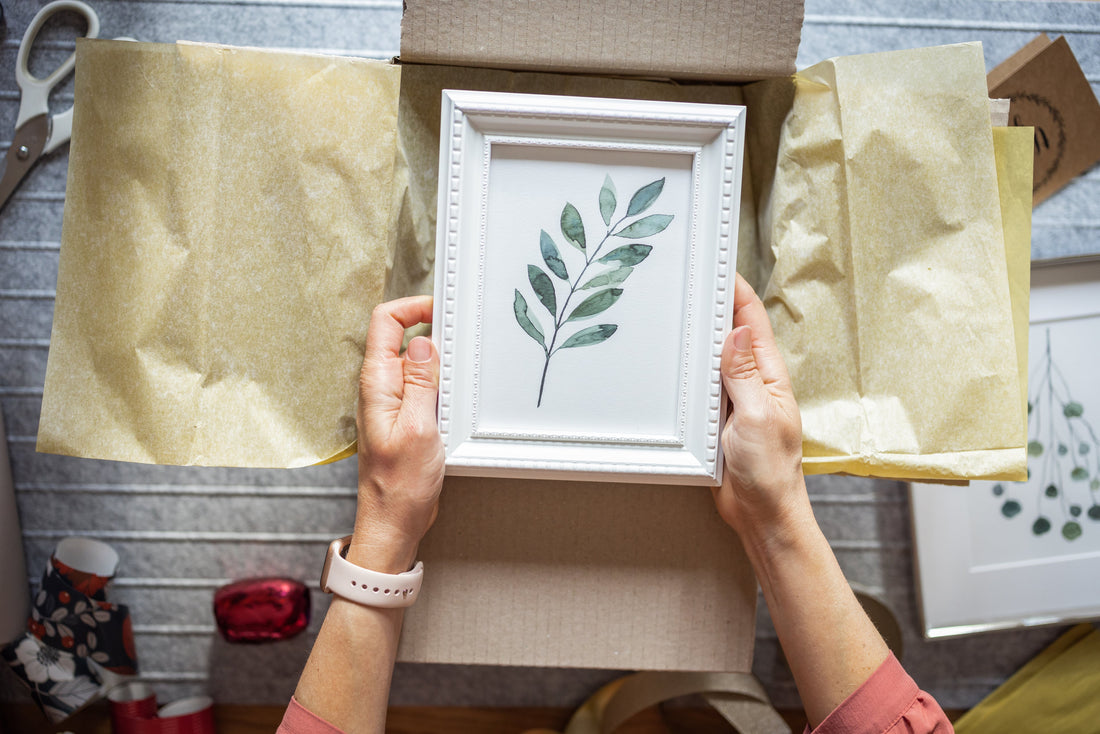Transporting artwork safely and securely requires careful planning and attention to detail. Whether you're moving valuable paintings, delicate sculptures, or cherished family heirlooms, proper preparation and handling techniques are essential to ensure that your artwork arrives at its destination unscathed. In this article, we'll explore some essential tips for how to transport art, from preparing your artwork for travel to handling techniques and insurance considerations.
Preparing for Art Transportation
Transporting artwork can be a daunting task, but with careful preparation, you can mitigate risks and protect your valuable pieces from damage. Here are some key steps to consider before embarking on your art transportation journey.
Fine art Transport
When transporting fine art, especially valuable or delicate pieces, it's essential to enlist the services of professional art transport companies who are experienced in fine art transport. Look for reputable art shipping companies or specialized art transport services that offer expertise in handling and transporting artwork with the utmost care and attention to detail. Before you wrap the art make sure you document the condition of artwork, ideally through pictures - no detail is too small.
How to Package Art for Transport
Artwork is often delicate and fragile, requiring careful handling and protection to prevent damage. Proper packaging not only safeguards your pieces against bumps and jostles during transit but also shields them from environmental factors such as temperature fluctuations, humidity, and sunlight exposure. By investing time and effort into packaging your artwork correctly, you can ensure that it arrives at its destination in pristine condition, ready to be admired and enjoyed.
Choosing Packing Materials for Art Transportation
Select high-quality packing materials designed specifically for art transportation, such as acid-free tissue paper, foam board, bubble wrap, and custom-sized crates or boxes. These materials provide cushioning and support to protect your artwork from impact and vibration during transit.
How to Wrap Art for Travel
The key to safe art transport is all in the packaging. When wrapping art for travel, particularly for airplane transport, take extra precautions to safeguard against potential damage. Here are some basic guidelines to get you started:
- Wrap Artwork with Care: Begin by wrapping your artwork in acid-free tissue paper to protect the surface from scratches and abrasions. Next, layer with bubble wrap for added cushioning, focusing on vulnerable areas such as corners and edges. Secure the bubble wrap in place with packing tape, ensuring that it is tightly sealed to prevent shifting during transit.
- Use Custom-Sized Crates or Boxes: For larger or more valuable artworks, consider investing in custom-sized crates or boxes designed specifically for art transportation. These crates provide maximum protection and support, minimizing the risk of damage due to bumps, drops, or pressure during transit.
- Secure Artwork Inside the Packaging: Once your artwork is wrapped and placed inside the packaging, secure it in place using packing peanuts, foam inserts, or custom-fit padding. Ensure that the artwork is snugly positioned within the crate or box, with minimal movement to prevent shifting or impact damage.
- Label and Document: Label each package with clear and detailed instructions for handling and unpacking, including fragile stickers and directional arrows as needed. Additionally, document the contents of each package and keep a record of any special handling instructions or considerations for reference during transit.
Proper Handling Techniques
Artwork is often delicate and fragile, susceptible to damage from mishandling, bumps, and jostles. Improper handling can lead to scratches, dents, and even irreversible damage to the artwork's surface or structure. By mastering proper handling techniques, you can minimize the risk of damage and ensure that your artwork arrives at its destination in pristine condition, ready to be displayed and enjoyed.
Lifting and Carrying
When lifting and carrying artwork, always lift from the bottom of the piece with a straight back and bent knees, and enlist the help of additional handlers for larger or heavier items. Smaller art pieces that can be easily carried should still be handled with care.
Transporting
During transport, ensure that artwork is securely packed and positioned to prevent shifting or movement in the vehicle. Use straps or tie-downs to secure artwork in place and minimize the risk of damage during transit. Also ensure other items in the transport vehicle are secured in a way to ensure they won't shift and bump into your package.
Loading and Unloading
When loading and unloading artwork from vehicles or shipping containers, take care to handle pieces with caution and avoid sudden movements or impacts. Use ramps or lifts for heavy or oversized items, and enlist the help of experienced handlers to ensure safe and efficient loading and unloading procedures.
Insurance and Documentation
When transporting fine art, especially valuable pieces, it's essential to ensure that your artwork is adequately insured against loss or damage. Work with your insurance provider to obtain specialized art insurance coverage that offers protection during transportation and while in storage. Additionally, make sure to keep detailed documentation of your artwork, including photographs, certificates of authenticity, and shipping manifests, to facilitate the claims process in the event of loss or damage.
Handle with Care
Transporting artwork requires careful planning, attention to detail, and adherence to proper handling techniques. By following these art transportation tips and enlisting the help of experienced professionals when needed, you can ensure that your artwork arrives at its destination safely and securely, ready to be enjoyed for years to come.

